Research Interests
Research in biomechanics at LSU explores both clinical and sports applications, with an emphasis on understanding the mechanisms of lower limb injuries and identifying biomechanical risk factors to develop prevention strategies. Analyzing biomechanical risk factors in real-world settings, such as sports fields, can be challenging. To address these, we are exploring alternative methods, including the use of wearable sensors.
Additionally, we are integrating experimental data collection with medical imaging and musculoskeletal (MSK) computational modeling to address broader challenges in health and performance sciences. Our research also extends to MSK injuries among military personnel and runners, as well as balance control in special populations.
Current Research Projects:
Quantifying Muscle Volume and Asymmetry in Athletes with Patellofemoral Pain
Patellofemoral pain significantly impacts athletic performance and long-term joint health. We use freehand 3D ultrasound (3DUS) to quantify gluteal muscle volume. By identifying asymmetries between groups and between legs, we aim to determine which muscles play a critical role in injury prevention and recovery. We are validation of 3DUS against MRI to ensure accuracy and reliability in these assessments.
Board of Regents, RCS Funded Project. 6/2024-6/2027
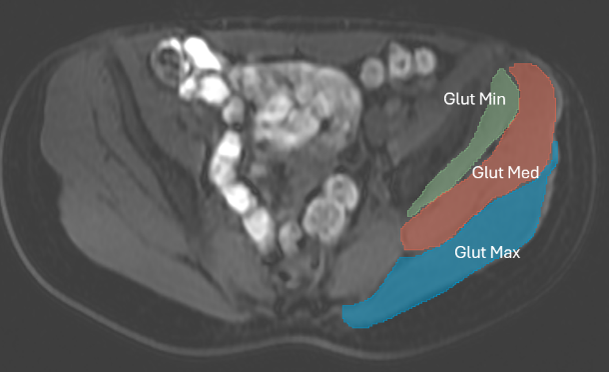
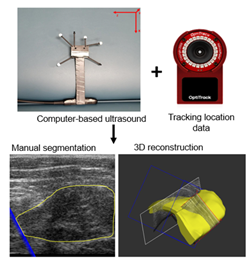
Use of Wearable Sensors to Identify Individuals with Patellofemoral Pain Using a Machine Learning Approach
We are exploring the application of wearable sensors, including inertial measurement units (IMUs) and plantar pressure insoles, to identify individuals with patellofemoral pain. By collecting movement and pressure data during various locomotion tasks, machine learning algorithms will be trained to detect biomechanical patterns and asymmetries associated with PFP. This approach aims to provide a non-invasive, real-time diagnostic tool, enabling objective assessment and early detection of PFP in diverse environments outside traditional laboratory settings.
These projects involve collaboration with Ochsner clinics, LSU Athletics, the Computer Science department, and the Experimental Statistics department.
Board of Regents, RCS Funded Project. 6/2024-6/2027
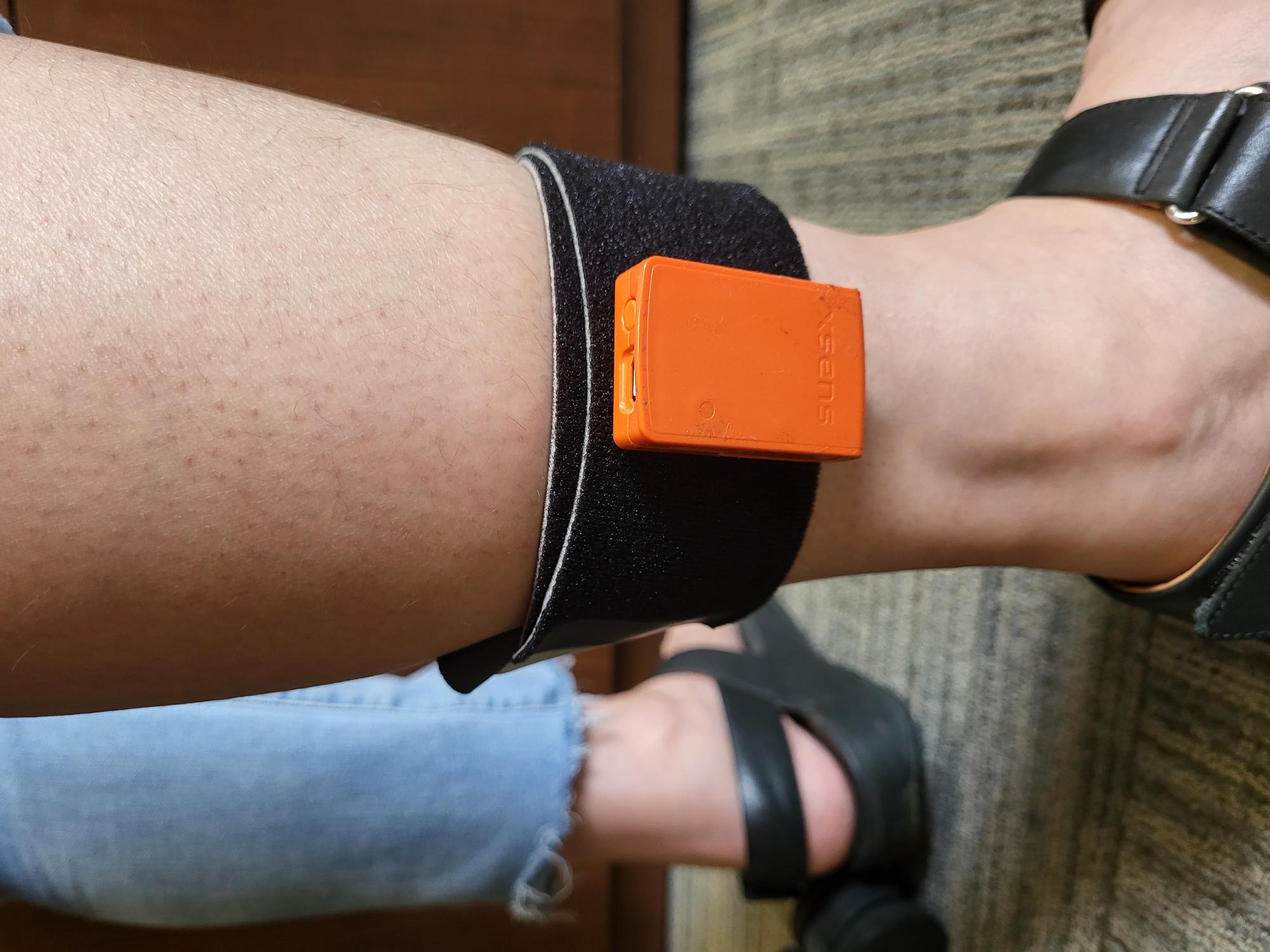
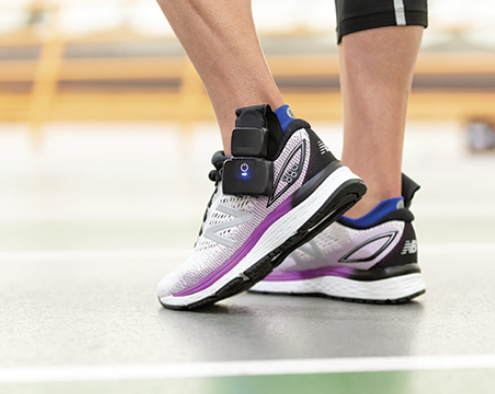
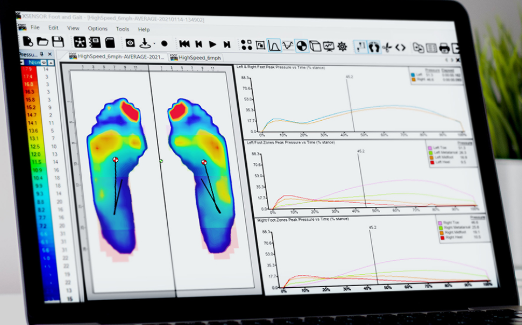
Future Resaerch Interests
Computation Modeling Study
We aim to examine the relationship between biomechanical alterations and joint loading in lower limb MSK injuries. Our research focuses on leveraging tools like OpenSim and machine learning to deepen our understanding of these relationships. Students with experience in OpenSim modeling or machine learning are encouraged to contact Dr. Kim directly for potential research opportunities.
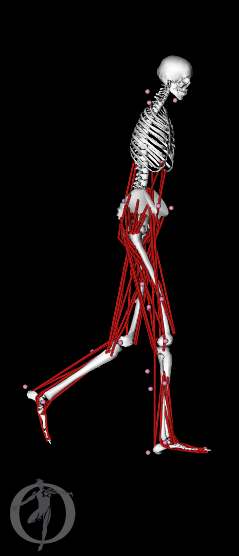
Prospective Study of Biomechanical Risk in MSK Injuries
We are also interested in identifying biomechanical risk factors through a prospective approach. Prospective PhD students with strong communication skills, particularly in working with athletes, and the ability to organize long-term lab sessions are encouraged to contact Dr. Kim.